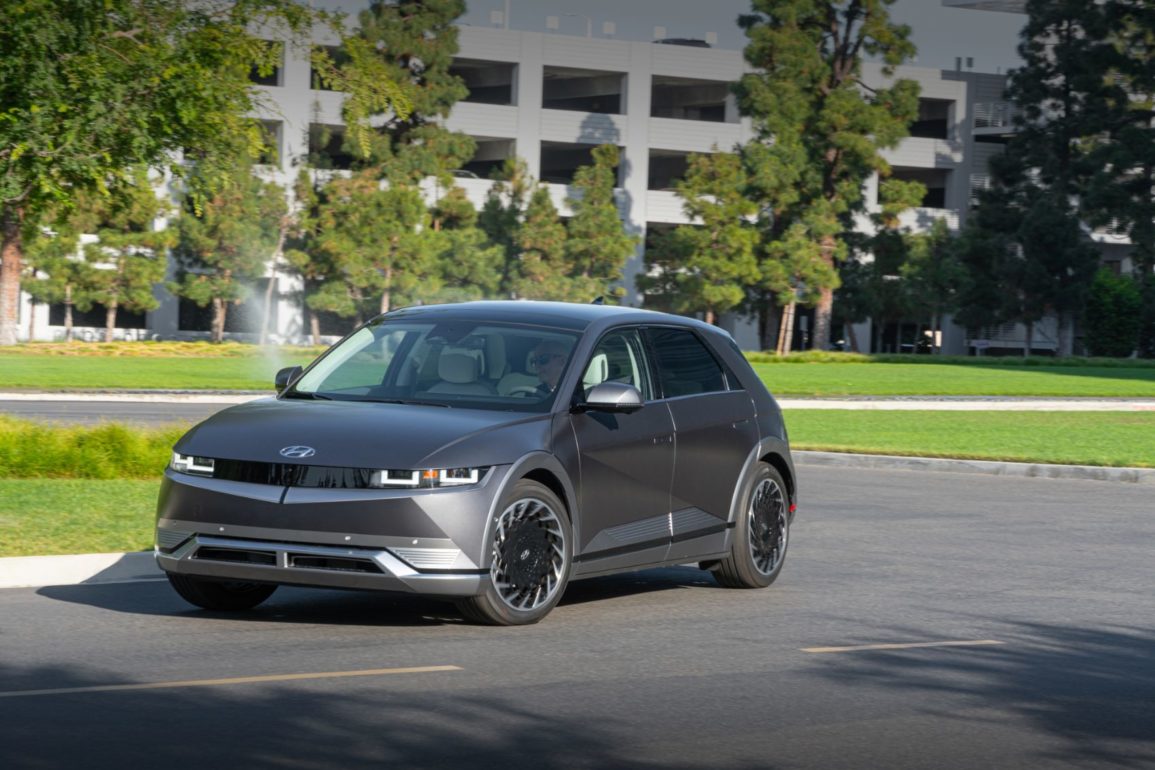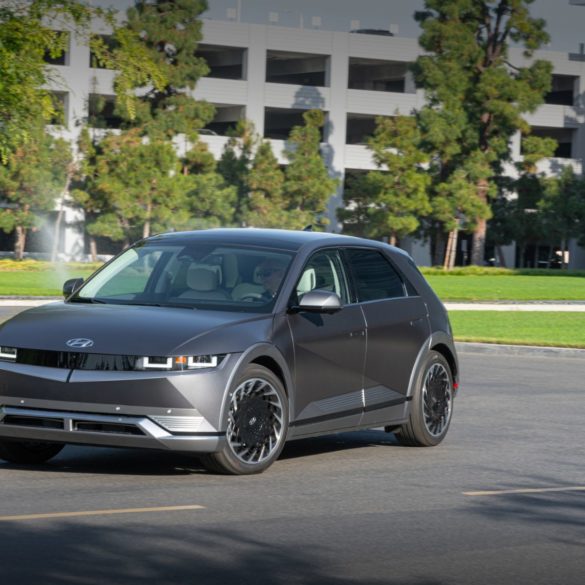Video Description
Hyundai has released the highlight video of its IONIQ 5 premiere. The 2022 IONIQ 5 rides on Hyundai’s exclusive Electric-Global Modular Platform (E-GMP), allowing for more interior space and increased performance. IONIQ 5 is part of Hyundai Motor Group’s plan to introduce 23 BEV models and sell one million BEV units worldwide by 2025.
More Videos Like This
We feature new vehicle overviews, product reviews, and car ownership advice on our YouTube channel. We recently covered the 2022 Hyundai Elantra, which we like just as much as the IONIQ 5. We cover each trim level of the 2022 Elantra in this video, including the available powertrain options.



